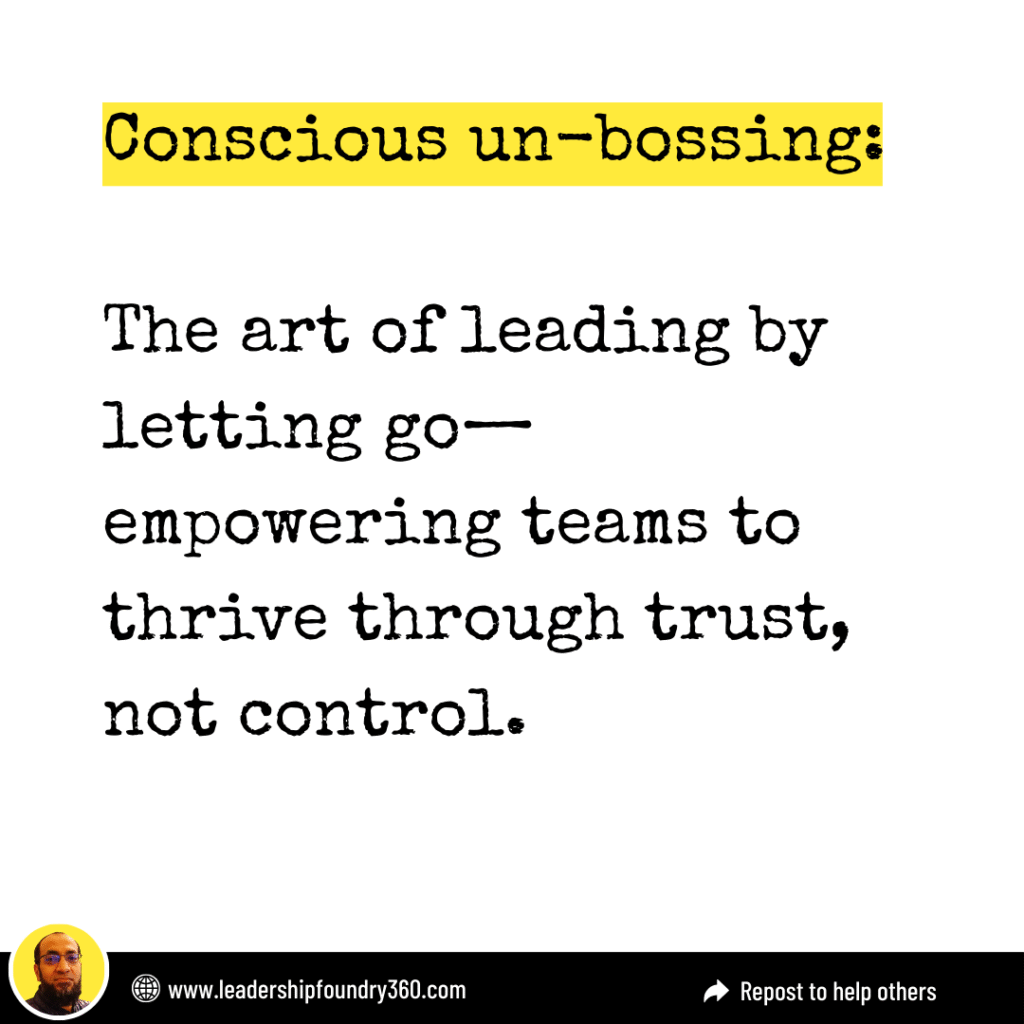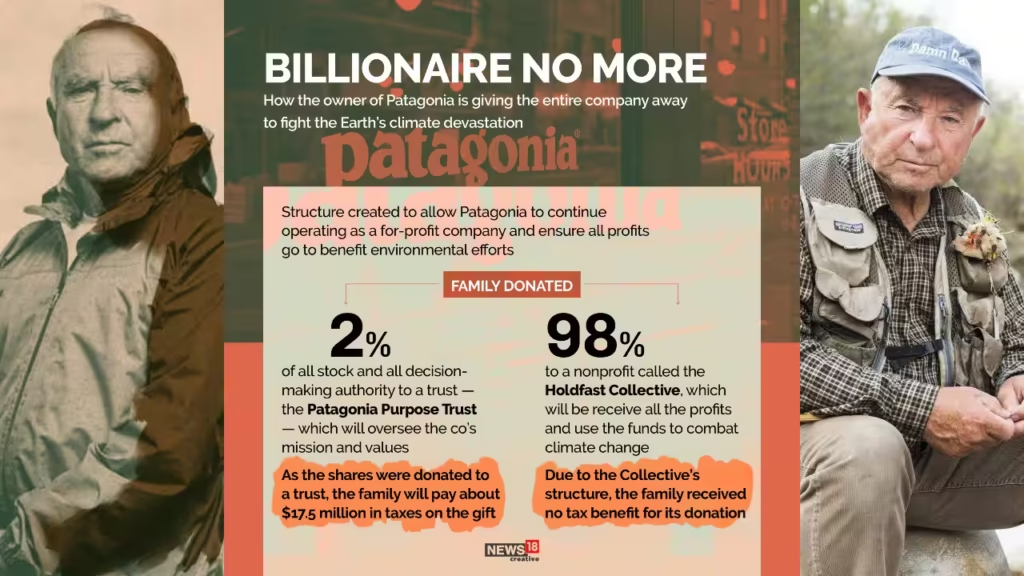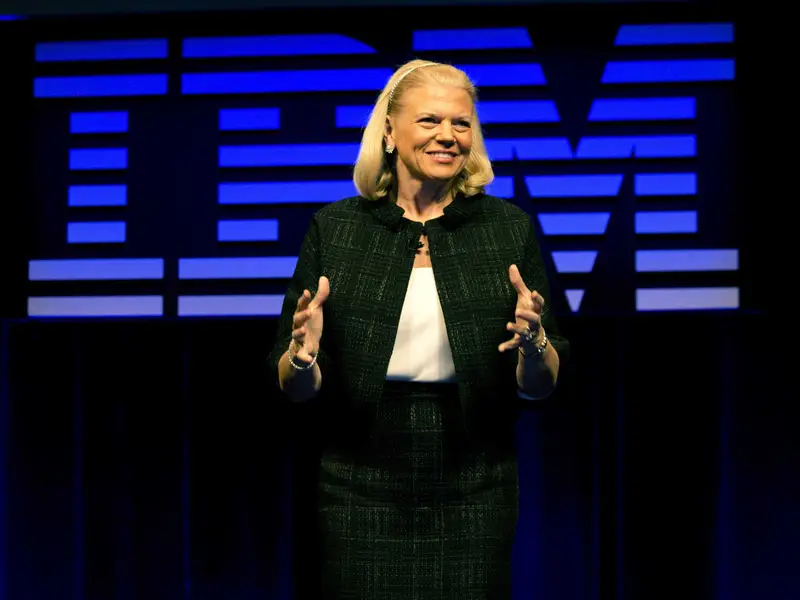
Burnouts are the number one reason to demotivation.
Why Are Leaders Breaking Down?
Let’s start with a question: Why do some of the most capable leaders, those who inspire and drive progress, suddenly find themselves unable to go on? In 2025, leadership burnout has emerged as a silent crisis, threatening not just individual leaders but entire organizations. It’s not loud or dramatic—it’s a quiet erosion of energy, passion, and purpose that’s creating a leadership crisis 2025 won’t easily overcome. Leaders are under unprecedented pressure, and if we don’t act, the fallout will reshape the future of work.
Burnout isn’t just exhaustion; it’s a deep disconnection from the “why” that fuels leadership. As AI transforms workplaces, hybrid models blur boundaries, and Gen Z demands purpose, leaders are caught in a storm of expectations. Leadership burnout is the biggest threat because it doesn’t just affect the leader—it ripples through teams, stifling innovation and morale. This article explores why burnout is a crisis in 2025, its impact on leadership, and five strategies for preventing burnout to ensure leaders thrive. Let’s dive into the why and how of this silent crisis.
The Leadership Crisis 2025: Burnout’s Rising Tide
Leadership burnout is surging, and the numbers paint a stark picture. In 2025, 71% of leaders report higher stress levels since taking their roles, with 40% considering leaving to protect their well-being, according to DDI’s Global Leadership Forecast 2025 (DDI Global Leadership Forecast). This isn’t just a personal struggle—it’s a leadership crisis 2025 must face head-on. Trust in managers has plummeted from 46% in 2022 to 29% in 2024, particularly among older employees aged 50-64, amplifying the disconnect.
The stakes are high. Burned-out leaders are 34% less likely to outperform peers and 3.5 times more likely to quit, per a 2025 Forbes report (Forbes). This exodus threatens leadership pipelines, especially as high-potential talent opts out—a trend called “conscious un-bossing.” In a world of economic volatility, AI skepticism, and generational shifts, leadership burnout isn’t just a risk—it’s a crisis that demands action. For more on workplace shifts, see our guide on emerging trends shaping leadership.

Why Burnout Is the Biggest Threat
Leadership burnout in 2025 isn’t just about long hours—it’s about emotional labor, decision fatigue, and systemic strain. Leaders are expected to be “on” constantly, projecting confidence while navigating AI-driven changes and hybrid work challenges. Onsite leaders report the highest stress (74%), but hybrid (57%) and remote (56%) leaders face burnout too, often due to blurred boundaries (Forbes).
The impact is devastating. Burned-out leaders become indecisive, detached, and less confident, leading to poor choices and missed opportunities. A 2024 study linked burnout to $4,000–$21,000 per employee in lost productivity and turnover, with leaders’ disengagement amplifying this across teams (Forbes). In healthcare, 75% of leaders know colleagues who left due to burnout, showing the crisis’s breadth (American Hospital Association). Leadership burnout is the biggest threat because it destabilizes organizations at their core. For more on its effects, check our post on emotional intelligence in leadership.
Strategy 1: Delegate with Purpose
Preventing burnout starts with a skill many leaders struggle with: delegation. Only 19% of managers excel at it, yet it’s the top skill for reducing burnout, per DDI’s 2025 report (Forbes). Delegation isn’t just offloading tasks—it’s about building trust and empowering teams.
Satya Nadella, Microsoft’s CEO, delegates strategically to focus on vision. By empowering his team to lead AI initiatives like Azure, he avoids burnout while driving growth—Azure hit $60 billion by 2023 (Forbes).
Your Move: Identify a task you can delegate, like project updates, to a trusted team member. Set clear expectations and let them own it, freeing you to focus on strategy.
Strategy 2: Model Work-Life Balance
Leaders set the tone. If you’re always on, your team will feel pressured to be too, fueling burnout. A 2024 Forbes piece notes that leaders who model balance create healthier teams (Forbes).
Patagonia’s Yvon Chouinard leads by example, prioritizing sustainability and well-being. He encourages time off, helping Patagonia maintain a resilient culture and reach $1.5 billion in revenue by 2023 (Fast Company).
Your Move: Set boundaries—don’t send emails after 6 PM and take regular breaks. Show your team it’s okay to disconnect. For more, see empowering leadership.

News 18
Strategy 3: Foster Recovery Experiences
Preventing burnout requires recovery experiences—non-work activities that restore energy. Transformational leaders who promote these, like hobbies or unplugging, reduce burnout, per a PMC study.
Tim Cook of Apple has spoken about the isolation of leadership but combats burnout by unplugging outdoors, a habit that keeps him grounded.
Your Move: Encourage your team to take a weekly “unplugged” night—no devices, just personal time. Lead by doing it yourself and share how it helps.
Strategy 4: Lead with Empathy
Empathy is the top leadership skill for preventing burnout, per DDI. When leaders connect human-to-human, they spot burnout early and build trust, countering the 2025 leadership crisis.
Ginni Rometty, former IBM CEO, used empathy to navigate AI ethics crises, pausing projects to address bias and earning trust. Her approach helped IBM sustain its AI leadership, contributing to $57 billion in revenue by 2023.
Your Move: Check in with your team—ask, “How are you really doing?” Listen without judgment and offer support, like flexible hours. For more, explore leading with integrity.

Strategy 5: Prioritize Self-Care Rituals
Leaders can’t pour from an empty cup. Self-care—like meditation, exercise, or journaling—prevents burnout by rebuilding mental stamina. A 2018 study found leaders who unplug weekly feel more fulfilled.
Oprah Winfrey practices daily self-care, using journaling to stay grounded. This habit sustains her leadership across media and philanthropy, impacting millions by 2023.
Your Move: Start a 10-minute daily ritual—meditate or walk. Share this habit with your team to normalize self-care. For more on resilience, see lifelong learning for leaders.
The 2025 Leadership Crisis: A Call to Action
Leadership burnout is the defining crisis of 2025. With 86% of high-potential employees feeling burned out, up 59% since pre-pandemic, the future of leadership is at risk. AI pressures, hybrid work, and distrust amplify the challenge, but leaders who act can turn the tide. Preventing burnout isn’t just about survival—it’s about building resilient, purpose-driven teams. For more on future trends, check leadership in the next 5-10 years.
Conclusion: Stop the Silent Crisis
Leadership burnout is a silent crisis, but it’s not unstoppable. Leaders like Nadella, Chouinard, Cook, Rometty, and Winfrey show that preventing burnout through delegation, balance, recovery, empathy, and self-care can rebuild resilience. In 2025, the leadership crisis demands action—don’t let burnout define your legacy. Start with one strategy today and lead with purpose.
Pick a strategy—like delegating a task—and implement it this week. Share your experience in the comments, or explore our leadership development resources to stay ahead. Let’s fix the crisis together!
“Burnout isn’t a sign of weakness—it’s a signal to lead differently in 2025.” – Jamaluddin Khan / Leadership Foundry 360



